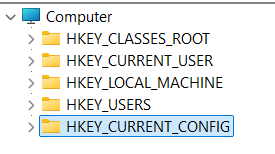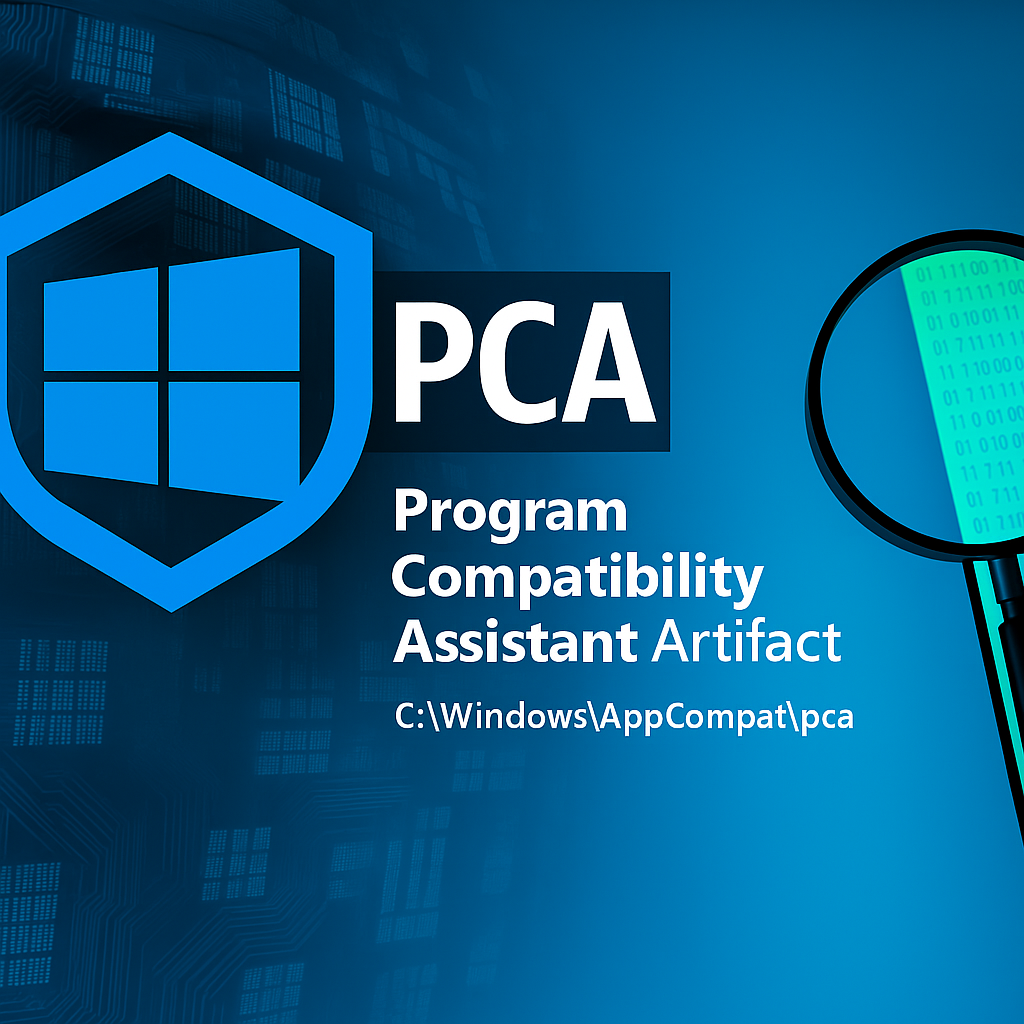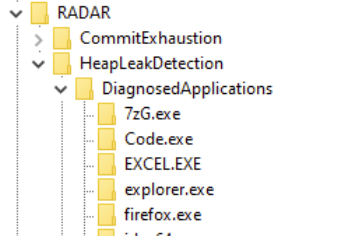What are these HKCR, HKCU, HKLM 💭
The Windows Registry is the foundation of evidence in many digital investigations. Understanding the differences among its root hives—HKCR, HKCU, HKLM, HKU, and HKCC—is vital for any forensic analyst searching for artifacts. This guide offers a clear breakdown, focusing on what digital evidence each hive might contain and where to look.
HKEY_CLASSES_ROOT (HKCR)
HKCR controls file extensions and application associations. If you want evidence on what program opened .docx files, or which handler processed URLs, start here.
Artifacts: File association traces, COM object history
Example: Investigating malware that hijacks .pdf files to execute malicious code instead of opening with Adobe Reader
HKEY_CLASSES_ROOT\.pdf\(Default)- This shows which program identifier handles .pdf files. Follow the trail to:
HKEY_CURRENT_USER (HKCU)
HKCU is the goldmine for current user’s settin. It includes user preferences, run history, MRU (Most Recently Used) lists, and many more.
Artifacts: User startup programs, typed URLs, application history, recentdocs, RunMRU, USB Mountpoints etc
Example: Tracks recently accessed documents by extension type.
- HKEY_CURRENT_USER\Software\Microsoft\Windows\CurrentVersion\Explorer\RecentDocs
- Shows a user opened projectX.docx before copying it to a USB drive.
HKEY_LOCAL_MACHINE (HKLM)
HKLM holds system-wide settings including installed applications, services, hardware configuration, and driver data.
Artifacts: Software installations, system services, device drivers
Example: Correlating unauthorized software installations on a system
- HKEY_LOCAL_MACHINE\SOFTWARE\Microsoft\Windows\CurrentVersion\Uninstall
- Complete list of installed programs with installation dates, versions, and uninstall commands. Each subkey represents one installed application
HKEY_USERS (HKU)
HKU contains a registry structure for all users. Each SID key relates to a user profile (including system accounts).
Artifacts: User-specific settings for all users on the system
Example: Discovering unauthorized software installations
- HKEY_LOCAL_MACHINE\SOFTWARE\Microsoft\Windows\CurrentVersion\Uninstall
- Complete list of installed programs with installation dates, versions, and uninstall commands. Each subkey represents one installed application
HKEY_CURRENT_CONFIG (HKCC)
HKCC refers to the current hardware profile in use. It’s less relevant to most forensic investigations but can still reveal hardware changes.
Artifacts: Current display and printer settings, active hardware profile information
Example: Checking for evidence of hardware manipulation or configuration
- Stores details of connected monitors.
HKEY_CURRENT_CONFIG\System\CurrentControlSet\Enum\DISPLAY
Where to Hunt for Evidence
User activity: HKCU, HKU (per-profile history, MRUs, recent files)
System changes: HKLM (software installs, service creations)
File handling: HKCR (file type associations, protocol handlers)
Hardware events: HKCC (profile and device changes)
Pictorial Representation
Knowing where evidence lives in the Registry is half the battle. Each hive offers unique digital traces—target your search accordingly for fast, thorough forensic results.

 Inside The Registry
Inside The Registry

 Windows 11 PCA Artifac
Windows 11 PCA Artifac RADAR – An Obscure Execution Artifact
RADAR – An Obscure Execution Artifact LNK File Forensics — Experimental Case Study
LNK File Forensics — Experimental Case Study